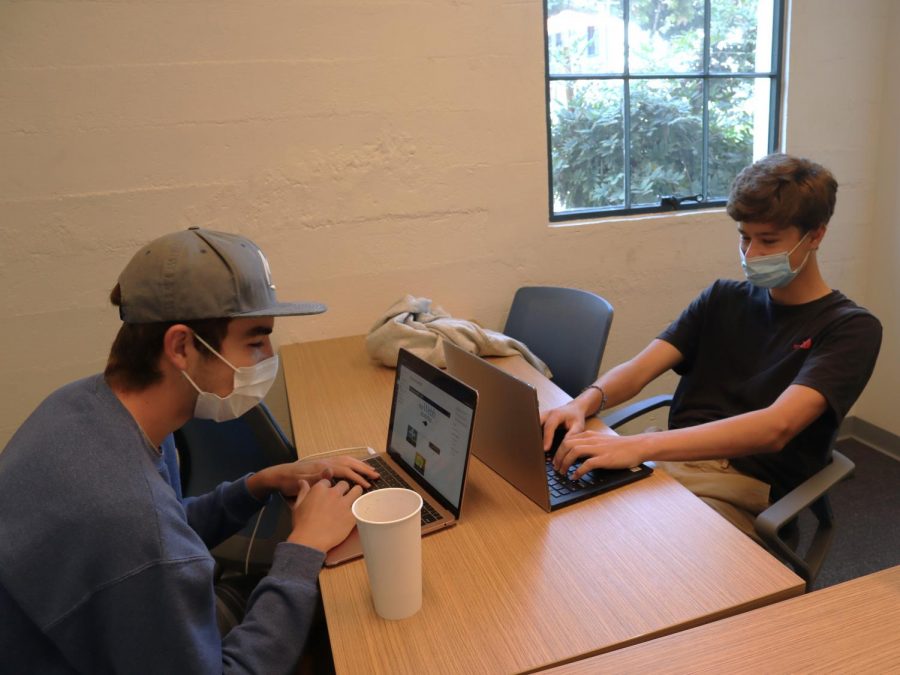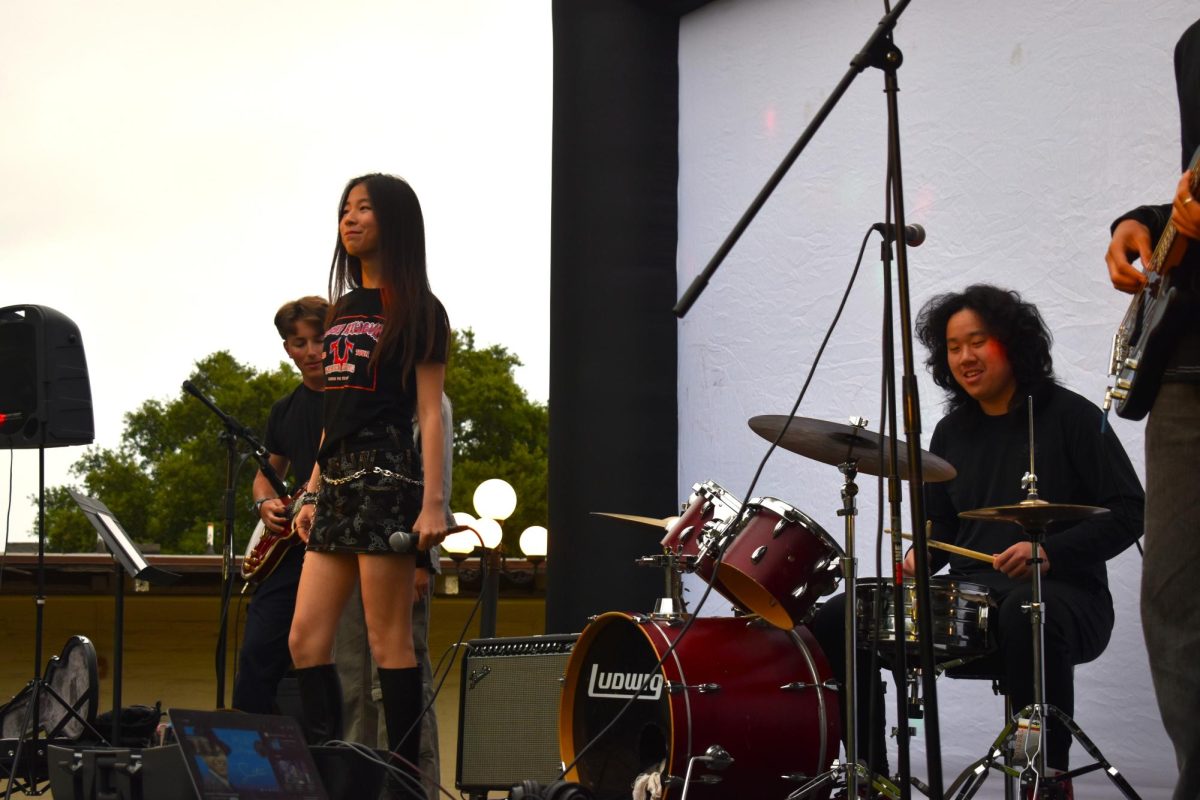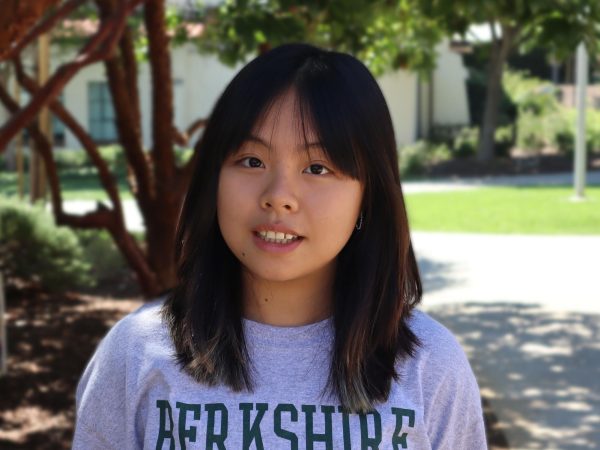The first quarter of the school year has come to an end, classes are moving on to new units, and students are reflecting on how they can improve next quarter. With a packed schedule of summative assessment, students needed good study habits in order to focus on revisions and reviewing in-class notes.
During individual study time, factors such as background noises or the attraction of mobile devices may distract students from focusing on their studies.
“[The distractions] depend on the environment, if it is here, at school, there are other people on campus, like if I am in Hooper, there are other people talking, hanging out.” Yvonne Kan (‘22) said. “If I am at home, it is usually my dogs, my little brother, my parents; like there are just so many factors.”
Productive individual study time counts on many factors, not only the surrounding environment, but also the motivation to work. Mental motivation plays a major role in keeping students productive throughout their study time.
“I have used different strategies, but at the end of the day, it is really down to the mentality and the determination,” Arthur Lu (‘24) said. “So, to be honest if you are willing to put time in to really focus on the task and to think about it, you should be able to finish the task.”
Effective time management helps boost productivity as well as the quality of one’s work significantly. Each person faces different obstacles as well as mental challenges during their individual learning time, which makes finding suitable time management techniques even harder. Here are some efficient methods to manage your individual study time.
1. Pomodoro
If you are a procrastinator, Pomodoro is a technique that is designed for you. Pomodoro was invented by entrepreneur and author, Francesco Cirillo, who created the method of working on his own creation of the tomato clock.
How Pomodoro works is that you concentrate on doing a task for 25 minutes with a set timer, you then take a five-minute break, and the cycle repeats again. Each interval of study time and breaktime is called a Pomodoro. During your study time, make sure to stay away from electrical devices or other tempting entertainment sources such as comics or unrelated books.
Synonymously, take a small walk around your room, get some snacks or do a set of exercises, as long as your brain is taking an actual break from the work that you have been concentrating on the technique will break down the working time into Pomodoro to avoid boredom for a higher productivity.
2. Kanban
For all visual leaners, Kanban is the most suitable technique to help you organize complex projects and envision your study plan. The word Kanban means “visual board” or “sign” in Japanese and was invented by Taiichi Ohno for Toyota as a just-in-time management. All you need for Kanban is a journal or a marker board with three columns drawn out: to-do, in progress and done.
Before starting your individual study session, make sure to categorize every task that is in your agenda into these sections so that your plans are visualized thoroughly and avoid multitasking. When all tasks are packed, you might feel overwhelmed and decide to multitask, which decreases the productivity of your work’s quality and ethic. Kanban initiates the feeling of assurance and progress during the study session.
3. Eisenhower Matrix
Do you not know what to prioritize? The Eisenhower Matrix is a great way to sort this confusion out. Eisenhower Matrix was invented by the 34th President of the United States, Eisenhower, in order to prioritize decision making. This matrix works as you organize four-square tables with two categories on the side, important vs. unimportant, and urgent vs. not urgent.
Correspondingly, the urgent column are tasks that need to be done immediately, and the important row are tasks which contain long-term values. By displaying out what is to be done, scheduled and eliminated, the working agenda will be visualized and will be less overwhelmed when using Kanban.
“When I was a freshman, one of the best advices that a senior gave me was to procrastinate a little bit because getting out of headspace often time gives the boost of energy that you need.” Yvonne Kan (‘22) said.









